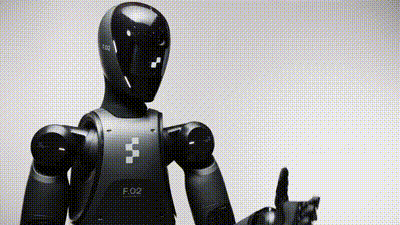It pushes boundaries in autonomy and human-like interaction
The robotics company Figure has unveiled its second-generation humanoid robot. Figure 02 is advancing autonomous robots to new levels. It’s a 5’6″ robot weighing 70 kg equipped with strong hardware upgrades, advanced AI capabilities, and human-like operations in a variety of contexts.
As reported here, the capability of Figure 02 to participate in natural speech conversations is one of its most remarkable qualities. The natural language dialogue that was co-developed with OpenAI is made possible by custom AI models. When paired with in-built speakers and microphones, this technology makes it possible for humans and robots to communicate seamlessly. Six RGB cameras and an advanced vision language model are also included in Figure 02 to enable quick and precise visual reasoning.
According to CEO Brett Adcock, Figure 02 represents the best of their engineering and design work. The robots’ battery capacity has increased by 50%, and their computer power has tripled compared to its predecessor. The robot can move at up to 1.2 meters per second, carry payloads up to 20 kg, and run for five hours on a single charge.
BMW Manufacturing has already conducted tests on Figure 02. It has demonstrated its potential in practical applications by handling AI data collection and training activities on its own. The larger objective of these experiments is to use humanoid robots to increase efficiency and output in a variety of industries.
Major tech companies backed the company’s $675 million Series B funding round. This money came from technology companies like Intel Capital, Nvidia, Microsoft, and Amazon. It indicates a high level of industry support for Figure’s goals. Notwithstanding its achievements, Figure is up against fierce competition from major competitors in the market, including 1X, Boston Dynamics, Tesla, and Apptronik.

As this technology develops, it brings up significant issues regarding human-robot interaction, the future of labor, and the moral implications of increasingly intelligent and autonomous machines. Figure 02 is a great development, but it also emphasizes the need for continued discussion about the best ways to incorporate new technologies into society so that they benefit all people.


